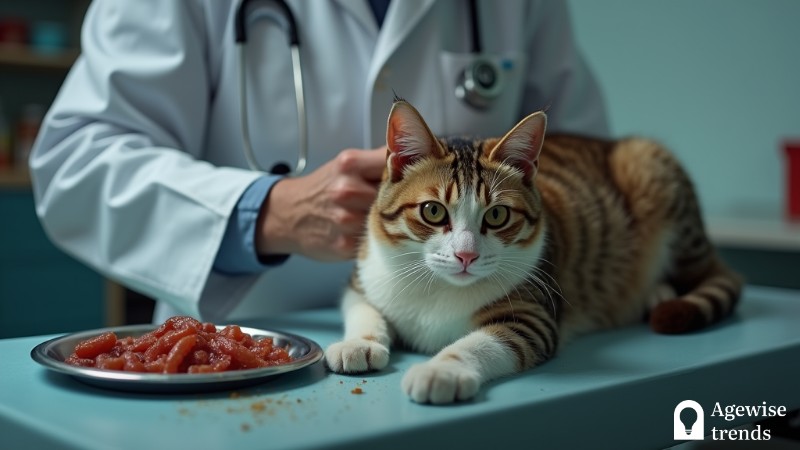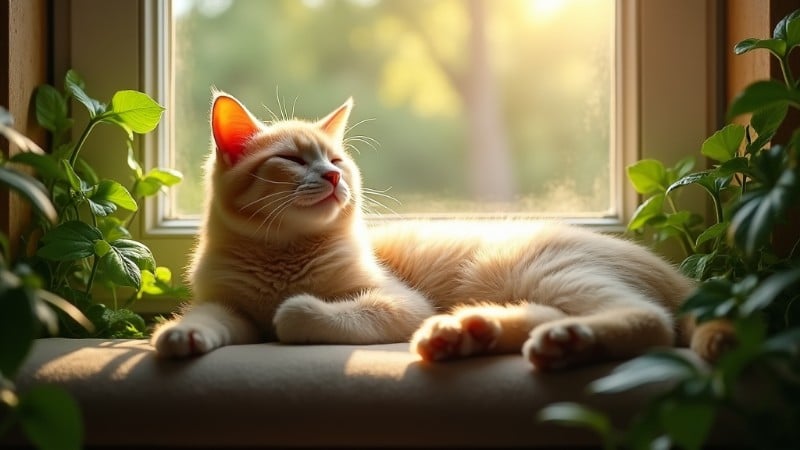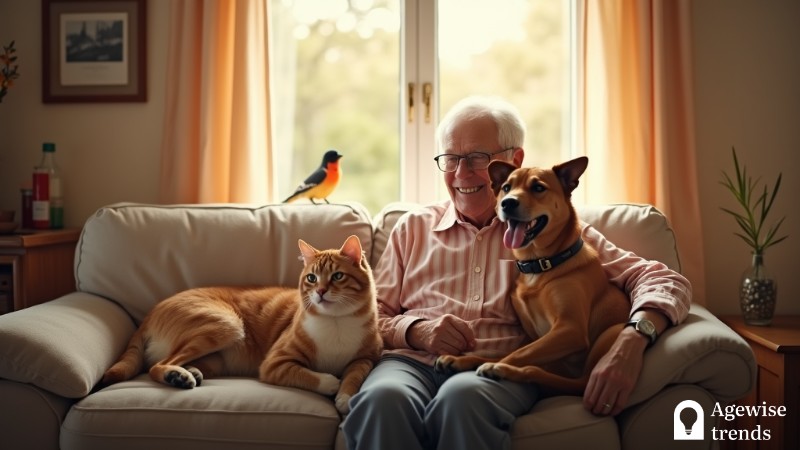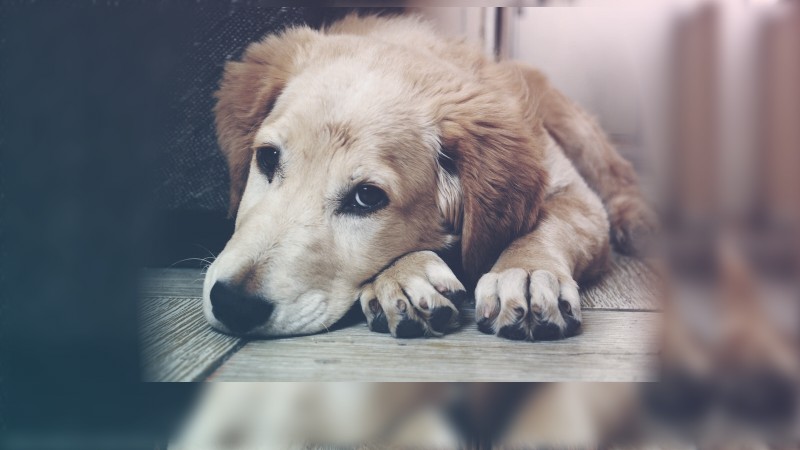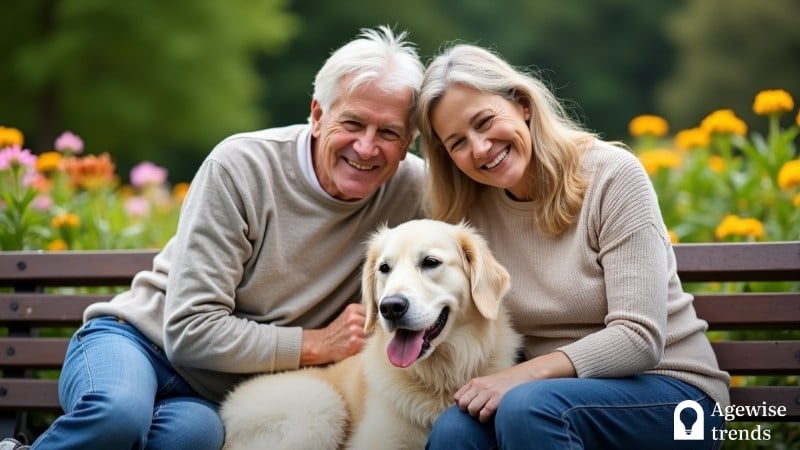The spread of highly pathogenic avian influenza (HPAI), specifically H5N1, continues to raise alarm as it impacts both wildlife and domesticated animals. A recent surge in cat deaths has linked this virus to raw pet food, prompting recalls and increased vigilance. The outbreak, which began in March 2024, has seen several cats contracting the virus from contaminated food sources, underlining the importance of monitoring what pets consume to protect their health.
Key Takeaways
Bird flu in cats is a rising threat due to contaminated raw pet food, prompting recalls and increased vigilance.
- Felines are highly susceptible to the H5N1 strain of avian influenza, which has been linked to raw diets containing poultry.
- Pet owners should avoid feeding their cats raw meat and unpasteurized milk to reduce the risk of H5N1 infection.
- Keeping cats indoors, washing hands after handling raw products, and seeking veterinary care if symptoms appear are essential precautions against the spread of H5N1.
Feline susceptibility to H5N1: A growing concern
Felines have proven to be particularly susceptible to the H5N1 strain of avian influenza. While cases have primarily been associated with wild and poultry birds, the virus has spread to various species, including domesticated cats. In some instances, the virus was detected in dairy cattle after barn cats were found dead. This served as an early warning system, prompting veterinarians to look for the virus in domestic animals.
Throughout the outbreak, more feline cases have emerged, particularly among cats that consume raw diets containing poultry like duck, chicken, or turkey. This includes both indoor cats and those exposed to outdoor environments. The virus was first detected in dairy cattle in early 2024, but it has since spread more widely through exposure to raw food products.
Pet food recalls and confirmed cases
In December 2024, Northwest Naturals, based in Portland, Oregon, issued a recall of its 2-lb Feline Turkey Recipe raw frozen pet food after it tested positive for H5N1. The affected products, with “best if used by” dates of May 21 and June 23, 2026, were distributed across several U.S. states and British Columbia, Canada.
A house cat in Oregon died after consuming the contaminated food, with genetic sequencing confirming the virus matched that in the product. The Oregon Department of Agriculture linked the virus transmission to pet food.
Additionally, Monarch Raw Pet Food, sold at California farmers’ markets, was implicated in a separate case where a house cat contracted H5N1, with four other cats from the same household showing symptoms. Reports also indicated that raw, unpasteurized milk may have contributed to additional illnesses.
Symptoms and risks for cats
Cats infected with H5N1 may show a variety of symptoms, including fever, lethargy, respiratory distress, and discharge from the eyes and nose. Neurological issues, such as seizures, may also occur. In many cases, the disease progresses rapidly, often resulting in death. When these symptoms are observed, veterinarians should immediately consider H5N1 as a potential cause and test accordingly. Rabies should also be considered as a differential diagnosis.
Mitigating risks: What pet owners should know
To reduce the risk of H5N1, pet owners should avoid feeding their cats raw meat, including poultry, turkey, duck, or unpasteurized milk. Safe food handling is essential to prevent contamination. Instead of raw diets, owners should feed their cats commercially prepared, pasteurized pet food. It’s important to wash hands and food areas after handling raw products and dispose of contaminated food safely.
Keeping cats indoors limits exposure to wild birds that may carry H5N1. When interacting with sick or dead animals, pet owners should change clothes, wash hands, and clean exposed skin before touching their pets. Veterinarians should follow guidelines to protect themselves when handling animals suspected of H5N1 infection. Pet owners should seek veterinary care if their cats show symptoms and report cases to authorities.
Collaboration to combat H5N1 spread
Both veterinary professionals and pet food manufacturers are working together to address the risks associated with H5N1. Public health officials continue to monitor the situation closely, with a focus on limiting further exposure and preventing additional outbreaks. As the virus remains a global concern, pet owners, veterinarians, and health authorities need to collaborate on strategies to keep both animals and humans safe from infection.
By adhering to these safety measures, pet owners can play an important role in curbing the spread of H5N1 and protecting their cats from the potentially fatal effects of the virus.






